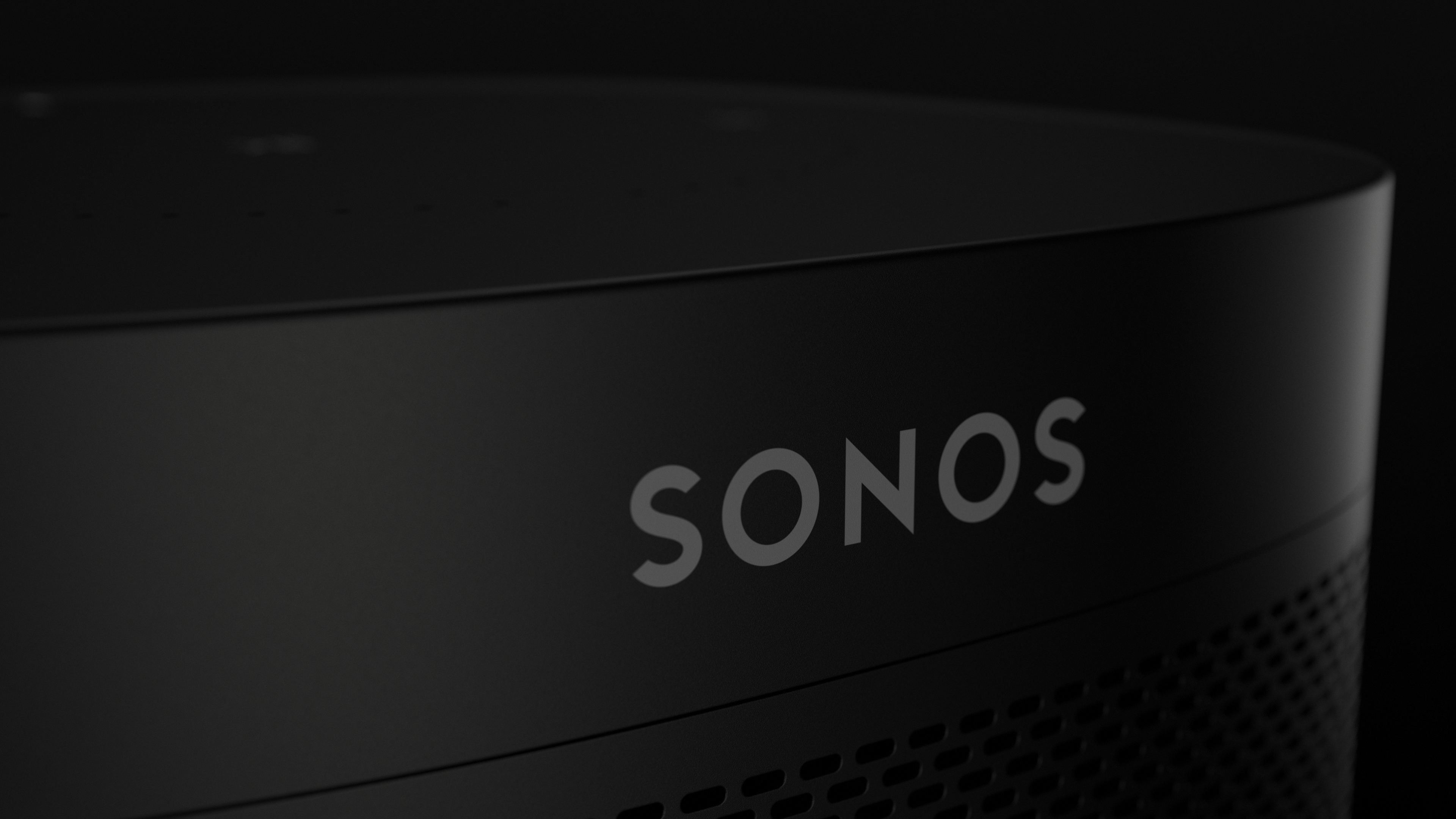
If you’ve been wondering how a company as successful as Sonos ended up recently not just shooting itself in the foot, but taking aim at each toe again and again and again, a new report in Bloomberg tells the whole story. And it’s like a movie, albeit a movie you’d watch from behind your fingers.
The report is by journalist Dave Lee, who’s been investigating an internal review carried out by Sonos’s lead counsel, Eddie Lazarus. Through multiple sources inside the company, he’s been able to get a pretty good idea of what that internal review discovered, and it revolves around something called “technical debt”, catalyzed with a dose of seeming mismanagement.
Technical debt is when you build on old code and infrastructure, even though it’s heading for obsolescence. According to Lee, Sonos did that for two decades. That meant that “the vast majority of work being performed for the new app was less about introducing new functionality than sorting out the existing mess.”
Sonos basically ignored that issue for years, people in the report claim, until the development of the new Sonos Ace headphones made it clear that the two new products that CEO Patrick Spence wanted to launch every year just couldn’t just run on old code. That meant rebuilding the app – and unfortunately that rebuilding would be happening during a time of accelerated product development schedules, a chaotic company reorganization, and many Sonos layoffs, including members of the firm’s quality assurance teams.
To stick with the movie analogy, this is the bit in Titanic where you see the iceberg.
What went wrong at Sonos
According to Lee, Sonos knew the app wouldn’t be ready on time: “Sonos employees, many of whom were fans before joining the company, started to directly and forcefully raise the alarm with Spence and other executives, according to three current and former employees. They described ‘yelling’ and ‘screaming’ in meetings.”
It seems that the fundamental problem with the app that Sonos released was that Sonos was too focused on attracting new customers and not focused enough on looking after the loyal owners of the best Sonos speakers it already had. Lee says that the company identified two kinds of bugs in the app prior to release; essential bugs that needed to be fixed before launch, and less critical bugs and feature omissions.
It seems that the list of essential bugs didn’t match what customers felt were essential, as acknowledged by Eddie Lazarus, lead counsel at Sonos who led an internal review of what happened: “Our list of essential bugs, obviously, was not comprehensive enough.”
CEO Patrick Spence’s mailbag, which used to get “a few dozen” emails a week, has received more than 30,000 customer complaints since the app launched in May.
As we’ve been reporting for many months now, Sonos is working hard to get its app right – but it’s suffered severe reputational damage and upset some big-spending customers who previously wouldn’t have looked twice at any of the other best wireless speakers.
We’ve already seen that the problems seem to have had a negative effect on Sonos Ace sales; Sonos will no doubt be hoping that the same doesn’t happen with its imminent Sonos Arc Ultra soundbar and Sonos Sub 4.




















+ There are no comments
Add yours